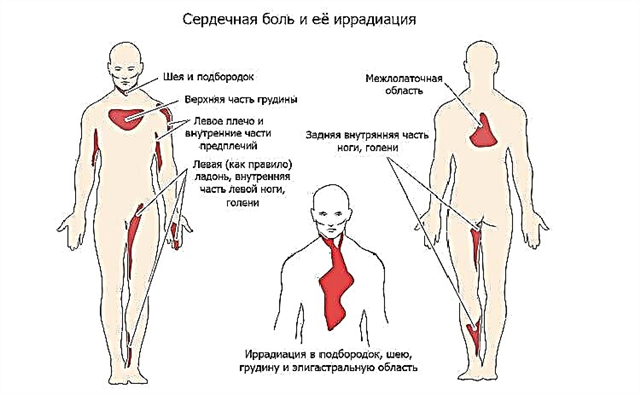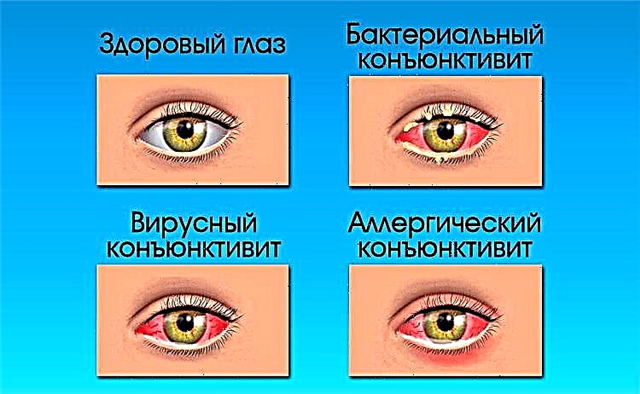The appearance of pain in the glabellar zone and in the forehead are serious signs that indicate an increase in the common cold and possible complications. We don't always take a common cold seriously, but it can spread infection and inflammation. If your forehead hurts with a runny nose, this is a serious reason to see a doctor.
 Headache can be the result of swelling of the brain tissue, a sign of intoxication or the formation of an infectious focus in the paranasal sinuses. Pain sensations can cover a specific area (frontal, temporal) or be generalized.
Headache can be the result of swelling of the brain tissue, a sign of intoxication or the formation of an infectious focus in the paranasal sinuses. Pain sensations can cover a specific area (frontal, temporal) or be generalized.
Increased pain may indicate:
- progression of inflammation due to lack of treatment;
- intensive reproduction of pathogenic microorganisms and increased intoxication;
- accumulation of thick secretions in the frontal sinus of the nose;
- accession of infectious pathogens against the background of rhinitis.
The nature and intensity of pain can vary depending on the position of the head (tilts, turns), intensifies with screaming, coughing, and also during sports activities.
When a runny nose is worried, the forehead hurts and thick nasal discharge appears, sinusitis should be suspected. It is the most common cause of sinus pain associated with rhinitis. Depending on the localization of pain and the inflammatory focus, there are:
- sinusitis, which is characterized by the defeat of the maxillary sinuses. In addition to pain, swelling of the tissues of the cheek and zygomatic zone is possible. The pain can be localized not only in the glabellar region, but also on the sides of the nose;
- ethmoiditis - differs in the location of inflammation (ethmoid sinus);
- frontal sinusitis - manifested by swelling of the eyelids and severe pain in the eyebrow area. This indicates an inflammation of the frontal sinus.
Treatment of sinusitis is imperative, because there is a high risk of infection spreading to ear structures and brain tissue.
Among the reasons that lead to the appearance of sinusitis, it is worth noting:
- infectious origin. The disease can be a consequence of bacterial infection (scarlet fever) or a complication of viral pathology (influenza);
- nasal injuries that impede the normal passage of air, which predisposes the activation of opportunistic microorganisms;
- curvature of the septum;
- long-term rhinitis, which is complicated by bacterial infection;
- allergic reactions manifested by nasal congestion. Prolonged swelling of the mucous membrane and hypersecretion interfere with breathing and contribute to the addition of a bacterial infection;
- adenoids in children, which are a chronic focus of infection;
- chronic sinusitis or the presence of an infectious focus in other ENT organs;
- polyps in the nose.
Activation of pathogenic microbes occurs against a background of weakened immunity, which is possible with:
- severe concomitant pathology (diabetes, bronchial asthma);
- infections (HIV);
- oncopathology;
- pregnancy;
- harmful working conditions associated with inhalation of polluted or cold air;
- hypothermia.
Symptomatic features of sinusitis
Sinusitis is very common among adults and children. Often, frontal sinusitis is combined with inflammation of the sinuses of a different localization. Given the prevalence of the infectious and inflammatory process, the disease can be quite difficult. To suspect sinusitis in time, you need to carefully monitor your condition. Pathology is characterized by:
- pain in the forehead, eyebrows, bridge of the nose, paranasal zone, which indicates the accumulation of purulent discharge in the sinuses. Increased pain is observed when the body bends, and you can alleviate your condition by taking a horizontal position. This is due to the uniform distribution of pus in the sinus. Painful sensations are pressing, bursting in nature and can increase during the day. As the disease progresses, soreness can dissipate, covering healthy areas, pain appears in the occipital region and temples;
- nasal discharge green, viscous, with an unpleasant odor. When the outflow of discharge from the frontal sinus is difficult, they quickly accumulate, increasing pain and fever;
- nasal congestion, nasal sound;
- hyperthermia up to 39 degrees, which is difficult to reduce. If with the help of antipyretics it is possible to reach 37.7 degrees, it will not be long. High fever will persist until the infectious focus is eliminated;
- fatigue, malaise;
- dizziness, poor sleep, as a sign of insufficient oxygen supply to the brain;
- decreased appetite.

If sinusitis develops against a background of allergic rhinitis, a person may also be bothered by itchy eyes, watery eyes, conjunctival hyperemia, itchy skin, rashes, coughing and shortness of breath.
How to get rid of the disease?
To stop the headache, you need to deal with the infectious source. This requires complex treatment, which includes the use of several groups of drugs:
- antibacterial drugs of local and systemic action. They are prescribed to eliminate bacterial pathogens and reduce intoxication. The choice of antibiotics is carried out on the basis of the results of bacterial culture and antibioticogram. The material for analysis is a swab or discharge from the nasal cavity. For systemic action, penicillins (Augmentin), cephalosporins (Cefazolin) or macrolides (Azithromycin, Clarithromycin) can be used. For local control of microbes, Bioparox or Isofra is prescribed;
- rinsing the nasal cavities with saline solutions. They can be purchased at a pharmacy (Aqua Maris, Delufen) or prepared independently (5 g of salt must be dissolved in warm water with a volume of 240 ml);
Nasal drops or sprays with a therapeutic effect (antibacterial, antiviral, immunomodulatory) should be used only after cleansing the nasal mucosa with saline.
 vasoconstrictor drops, such as Otrivin or Nazivin, are used to reduce swelling and secretion. As a result, nasal breathing is facilitated for 4-12 hours. The maximum period of use of vasoconstrictor drugs is 5 days, after which the drug must be replaced. Their prolonged use is fraught with dryness of the mucous membrane, addiction, the appearance of crusts in the nose and blood streaks in the snot;
vasoconstrictor drops, such as Otrivin or Nazivin, are used to reduce swelling and secretion. As a result, nasal breathing is facilitated for 4-12 hours. The maximum period of use of vasoconstrictor drugs is 5 days, after which the drug must be replaced. Their prolonged use is fraught with dryness of the mucous membrane, addiction, the appearance of crusts in the nose and blood streaks in the snot;- antihistamines, such as Suprastin, Tsetrilev, Claritin, help reduce swelling of the mucous membrane, restore nasal breathing and activate the outflow of mucus from the sinuses;
- mucolytic agents, for example, acetylcysteine, reduce the viscosity of the secretion and accelerate its excretion;
- antipyretic drugs (Nimesil, Ibuprofen) help to cope with fever;
- if a cold is the result of a viral infection, antiviral drugs are indicated (Remantadin, Aflubin, Novirin);
- homeopathic remedies (Cinnabsin, Sinuforte) facilitate nasal breathing by reducing the severity of secretion and improving the outflow of thick discharge.
If conservative methods are ineffective, a sinus puncture can be prescribed for active aspiration of purulent discharge. Sanitation of the infectious focus leads to a decrease in hyperthermia and an improvement in the general condition.
Inhalations with herbal decoctions and essential oils can be an addition to drug therapy. Plus, the use of aloe juice has been proven over the years and has long been proven effective.
Particular attention should be paid to the drinking regime. A person needs to drink 2 liters of liquid per day.
This will speed up the elimination of toxins from the body, reduce the severity of fever and replenish fluid losses. For this, infusion of chamomile, rose hips, compotes, tea with lemon, raspberries, fruit drinks or non-carbonated mineral water is suitable.
To avoid the recurrence of sinusitis, you must adhere to the following recommendations:
- avoid hypothermia, prolonged contact with sick people;
- drink enough fluids;
- eat healthy foods. Avoid canned foods, trans fats, light carbohydrates, and sodas
- quit smoking;
- use protective equipment when working in dusty rooms;
- strengthen immunity (hardening, sports).
And most importantly, consult a doctor on time and do not allow chronic diseases.

 vasoconstrictor drops, such as Otrivin or Nazivin, are used to reduce swelling and secretion. As a result, nasal breathing is facilitated for 4-12 hours. The maximum period of use of vasoconstrictor drugs is 5 days, after which the drug must be replaced. Their prolonged use is fraught with dryness of the mucous membrane, addiction, the appearance of crusts in the nose and blood streaks in the snot;
vasoconstrictor drops, such as Otrivin or Nazivin, are used to reduce swelling and secretion. As a result, nasal breathing is facilitated for 4-12 hours. The maximum period of use of vasoconstrictor drugs is 5 days, after which the drug must be replaced. Their prolonged use is fraught with dryness of the mucous membrane, addiction, the appearance of crusts in the nose and blood streaks in the snot;

